
Push-ups may seem simple, but in fact they are very deep. Many men may be surprised to find that they can’t do them when they try. In this article, we will introduce a step-up push-up menu and tips for those who want to improve their push-up performance!
In 2016, he began working as a trainer as a member of Beyond Gym’s start-up staff. Served as store manager of the Horie store in Osaka, Japan; in 2017, he reached the pinnacle in the Mr. Japan contest, after which he went independent. In October 2022, he founded Waffle Gym in Tachikawa, Tokyo. He is always ready to propose muscle training menus that meet the needs of customers.
CONTENTS
Suponsered by
Why can’t you do push-ups?
First, we will start with the reasons why you can’t do push-ups. Once you know why you can’t do push-ups, it will be easier to take action.
The reason why you can’t do push-ups: ” Insufficient muscular strength.
There are many people who say, “I can lower my body, but I can’t raise it. One of the main reasons for this is a lack of muscle strength. In particular, the “triceps (second arm) muscle,” which is used to lift the body, is likely to be weak. To improve this lack of muscle strength, it is recommended to do the step-up menus introduced in this article and to incorporate training to strengthen the triceps muscles.
Reason for not being able to do push-ups (2) “Heavy body weight.
It is said that push-ups are loaded with about 70% of one’s body weight. For example, if the average weight of a Japanese male over 20 years old is about 68 kg, the load is about 47.5 kg. If your body weight is heavier, the load will be greater than that, and in some cases, the muscles may not be able to endure the push-up, so it is effective to start by reducing your body weight.
Reason for not being able to do push-ups (3) “Bad form.
If you find yourself saying, “I can do a few push-ups, but my arms and shoulders get tired halfway through and I can’t continue,” there is a good chance that you are not using your pectoralis major muscles well due to poor form. The width of the hands, the direction of the hands, and the degree to which the elbows are open will greatly affect the effectiveness of the exercises. If you do it properly, the number of repetitions should increase rapidly.
Review the proper push-up form!
On all fours, extend your legs and place your hands one fist wider than shoulder-width apart. Keep your fingers pointing outward and your legs tightly together so that your feet and head are in a straight line. Keeping this posture, bend your elbows and slowly lower your body. When your chin touches the floor, return to the starting position. Repeat.
How to do push-ups?
Step-up menu for beginners who cannot do push-ups
Here is a step-up menu that I highly recommend practicing for those who cannot do push-ups.
STEP.1 Do wall push-ups to get the “feeling of pushing with the whole palm of your hand.
A wall push-up is a push-up using a wall. Among the many variations of push-ups, the wall push-up is the most low-impact and suitable for getting the feeling of pushing with the palms of your hands. Even in a normal push-up, it is easier to lift the body by pushing against the floor rather than simply flexing the elbows, so it should be practiced carefully. The procedure is very simple: stand on your tiptoes in front of a wall, with your hands at the same height as your chest, and perform the push-up movement. By the way, the more you move your feet away from the wall, the greater the load.
STEP.2 Practice “keeping your body axis straight” with the incline push-up.
After getting used to the wall push-up, change the object to which you place your hands from the wall to a platform. In the incline push-up, be aware of keeping the body axis straight. Place your hands on a table or a platform one fist wider than shoulder-width apart, and keep your feet far away from the platform, so that your feet and head are in a straight line. Keeping this posture, bring your chest close to the platform, and then return to the original position. Beginners are especially prone to having their hips bend at the hips and lower back, so it is recommended that they tighten their hips and stomach as they perform the exercise.
STEP.3 “Conscious of the effect on the pectoralis major muscle” in the kneeling push-up
Once you are able to keep your body axis straight, the next step is the kneeling push-up. This is a so-called kneeling push-up, which is lighter in load than a regular push-up, but it is easier to feel the effect on the pectoralis major muscles. First, place your hands one fist wider than shoulder-width apart and make a posture so that your knees are straight from your head. Lower your body until your chest touches the floor. When raising the body, push with the whole palm of the hand to return to the original position. If you can do this without difficulty, you should be able to do regular push-ups.
Three typical examples of incorrect push-up form
Finally, here are some examples of incorrect form that people tend to do in push-ups. Be careful not to do them with correct form or you will increase the risk of injury.
Example of incorrect push-up form (1) “Fingertips pointing inward.
If you are thinking, “If I point my fingertips inward, I can open my elbows more easily, so I think it will work my pectoral muscles better,” you are mistaken. Not only that, but pointing the fingertips inward when the hands are wider than shoulder-width apart is an absolute no-no because it places a huge load on the wrists. The correct answer is to keep the fingertips pointing slightly outward, and if the sides are not closed, let the elbows open in their natural direction!
NG example of push-up (2) “The center of gravity is on the outside of the palm of the hand.”
This is another example of NG that people tend to do because they are too conscious of the elbow opening. In addition, it is said that it is easier to feel the effect on the pectoralis major muscles if the thumb is firmly attached to the ball of the thumb.
NG Example of Push-Ups (3) “Hips up/wronged back.”
When push-ups are performed without being conscious of keeping the body’s axis straight, it is easy for the form to become disorganized, with the hips rising or the lower back being excessively bent over. This not only weakens the effect on the pectoralis major muscle, but also places unnecessary burden on the lower back, which can cause pain.
What to do if push-ups are not enough?
If you have already gotten the hang of push-ups through this step-up menu and can do them with ease, or if you find that they are no longer enough for you, why not try a more difficult push-up? The variations are divided by difficulty level, so you should be able to find one that suits your level.
↓Introduces 18 variations of push-ups! If regular push-ups are not enough for you, try the advanced version.



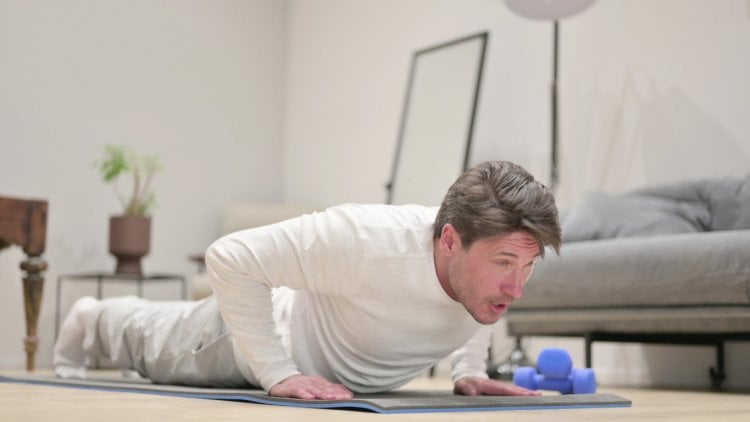
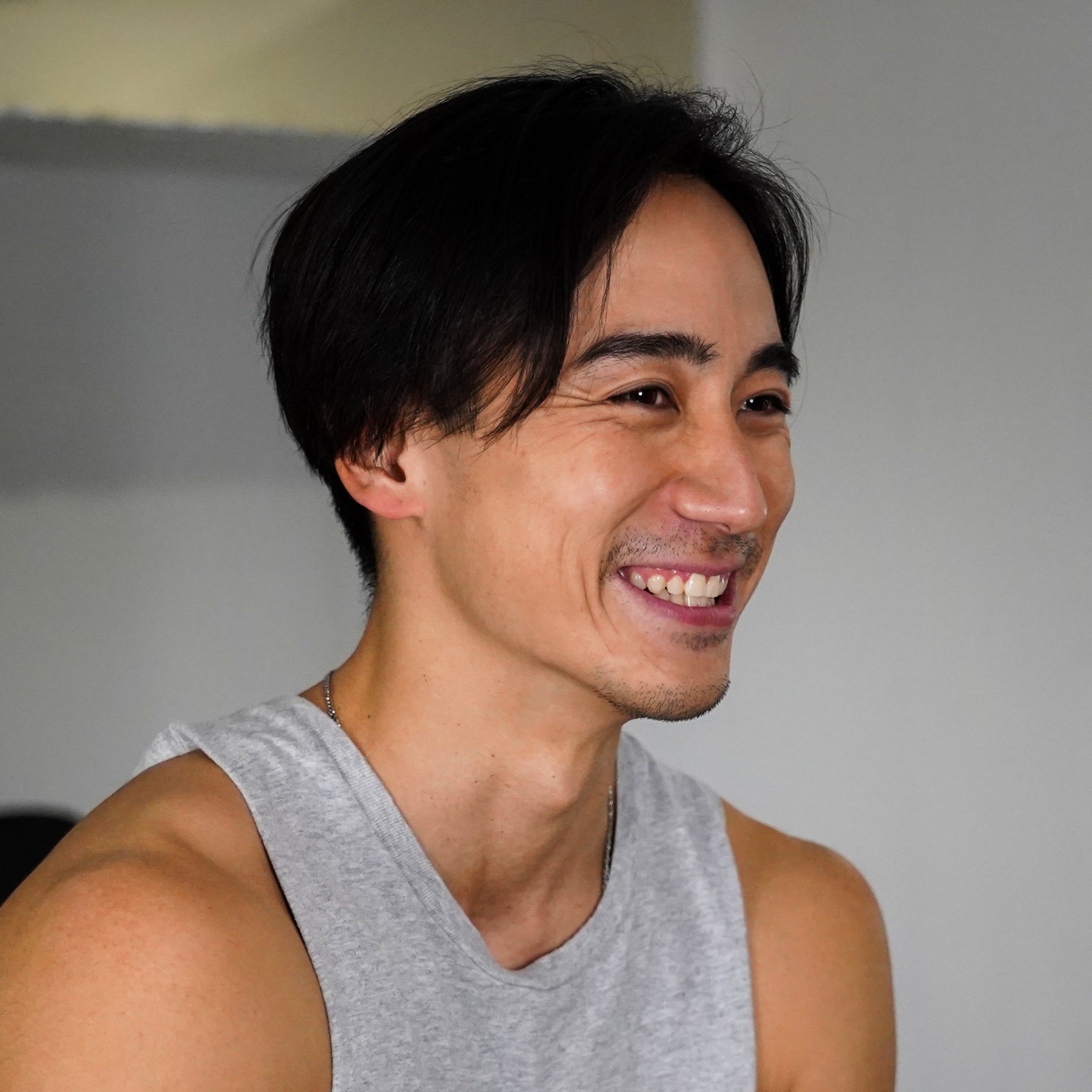
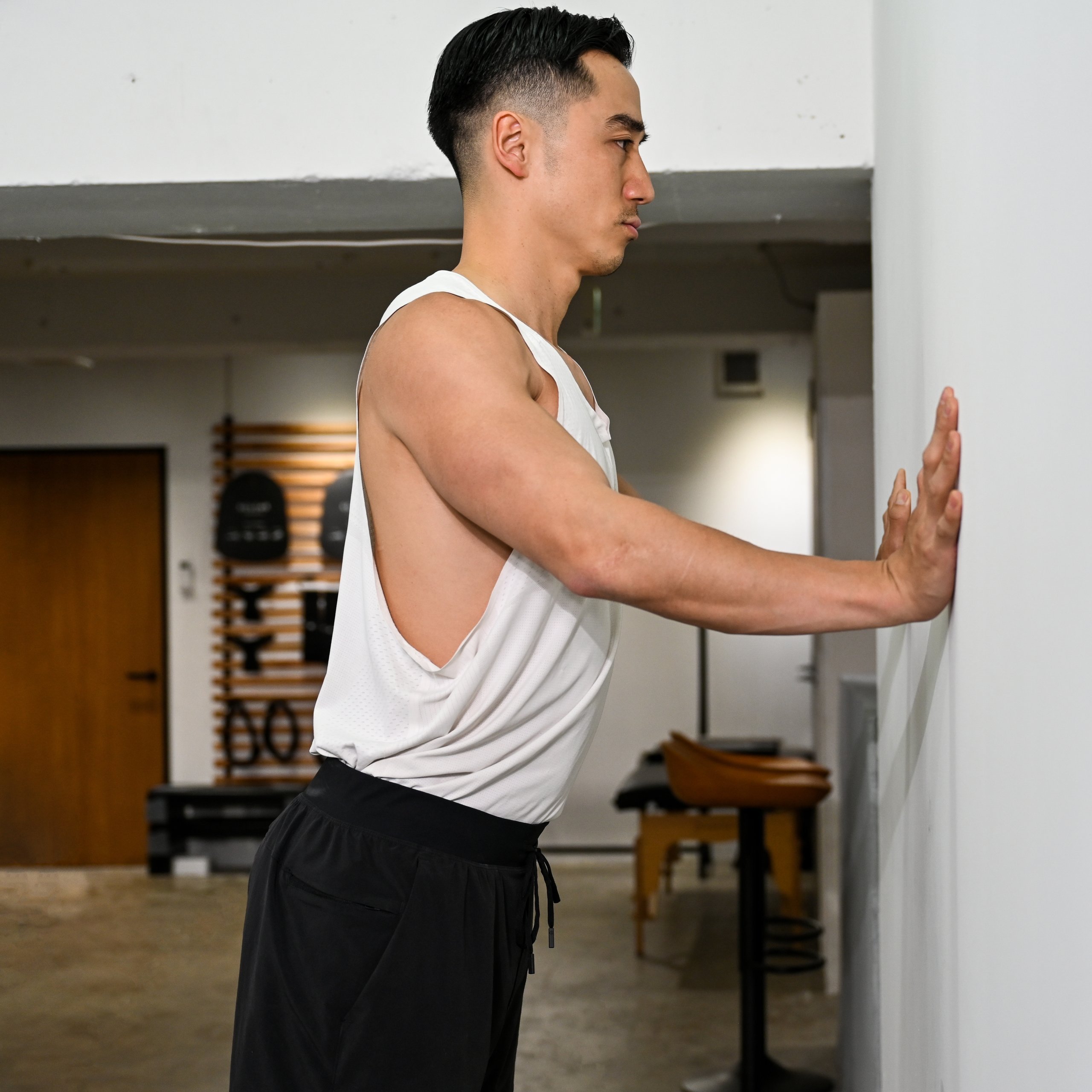
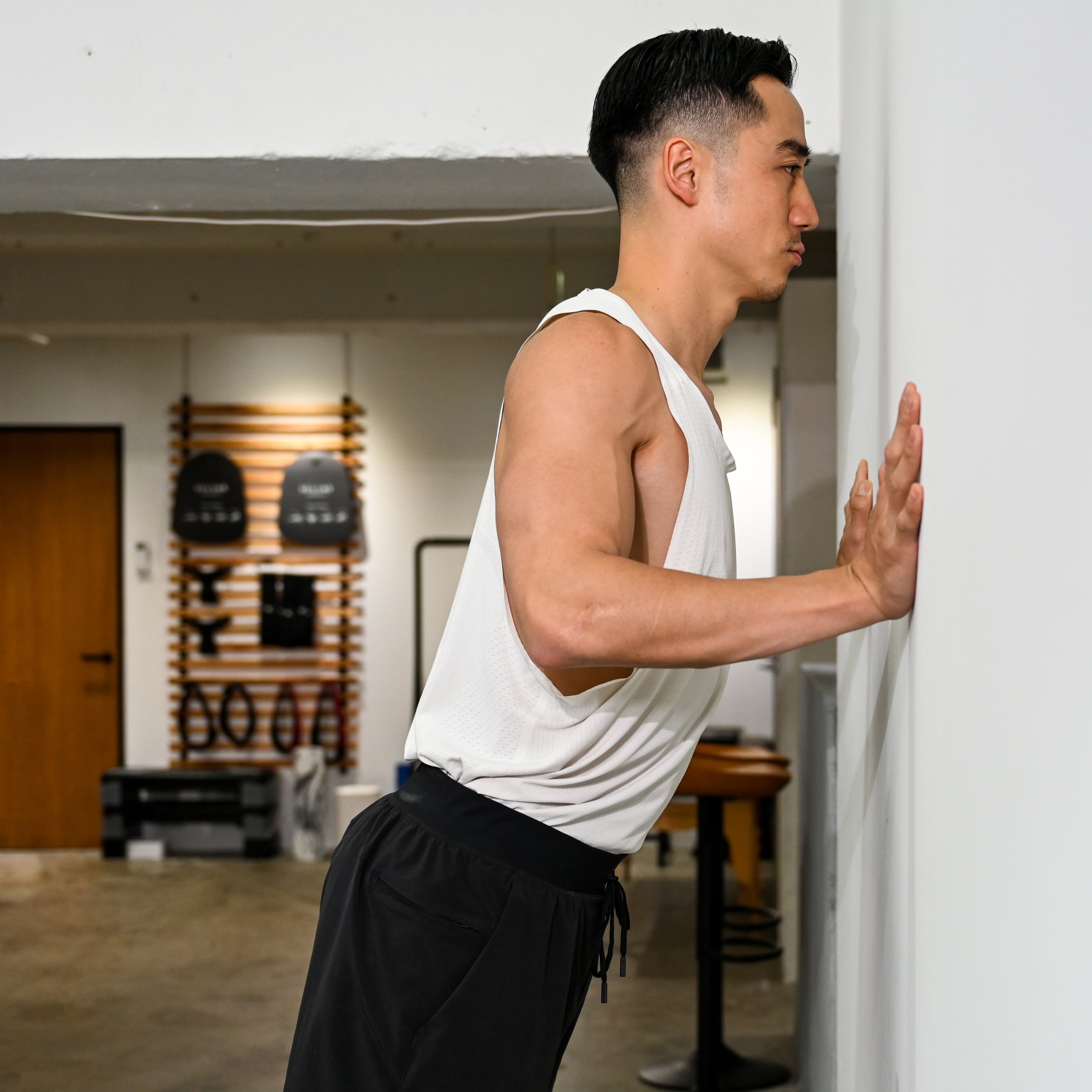
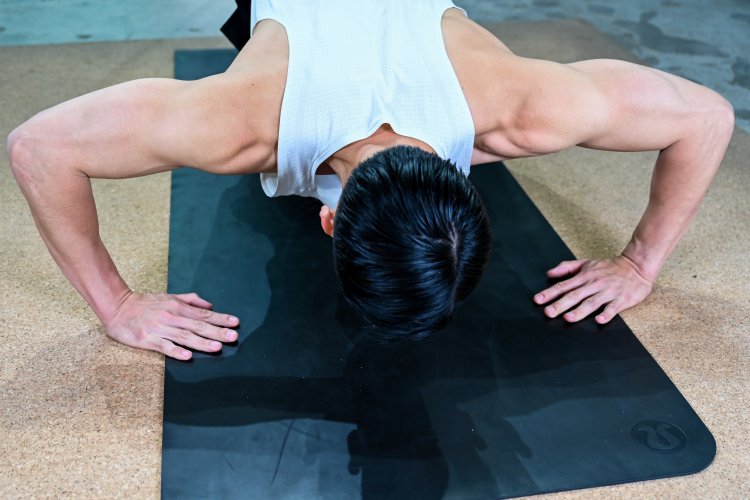
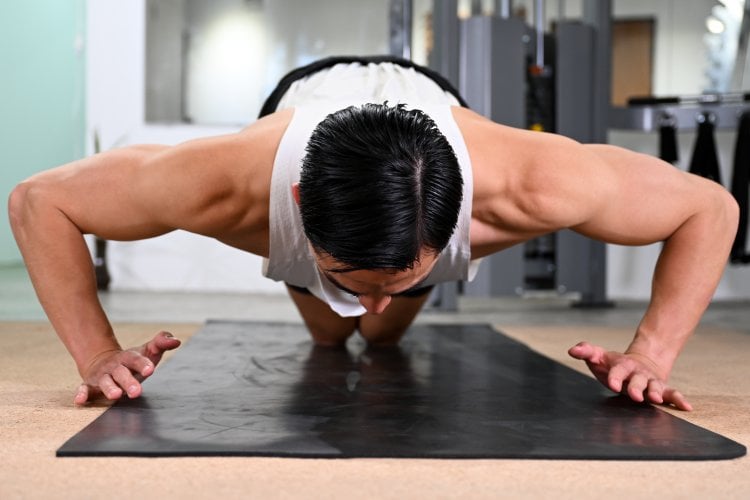
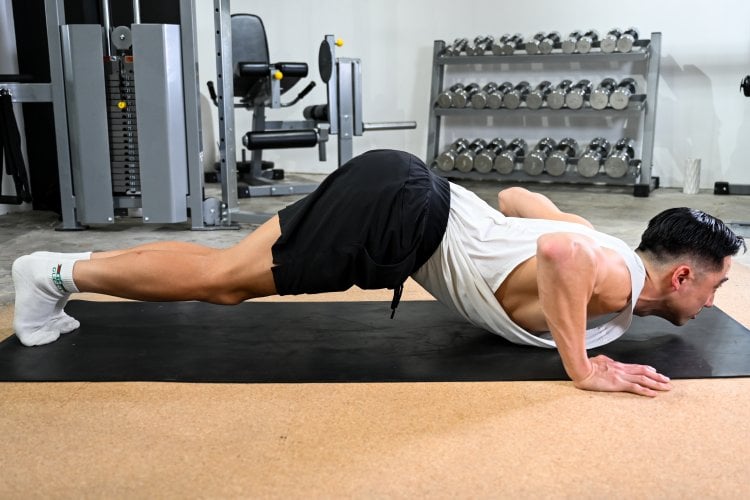
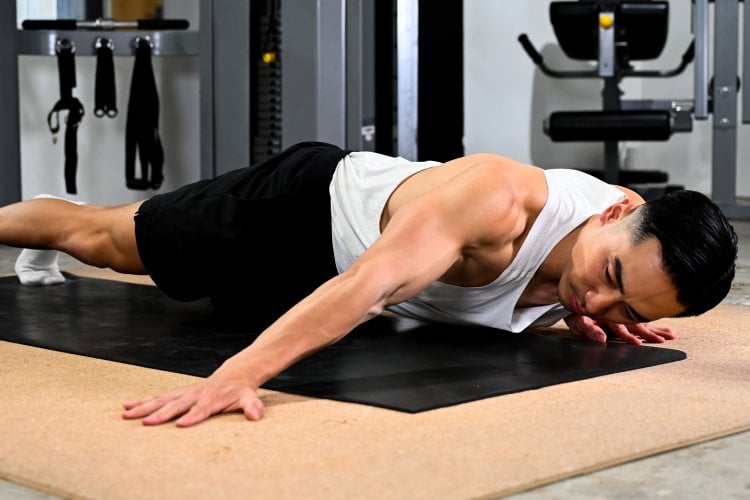

![What are the specific 5 changes that muscle training can bring to a man? [“The truth as experienced by practitioners.”]](https://otokomaeken.com/wp-content/uploads/2023/12/3ecb709c1f1613850249ba743b4b1457-630x331.jpg)

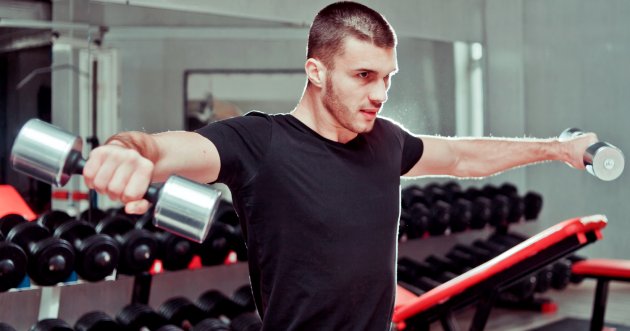

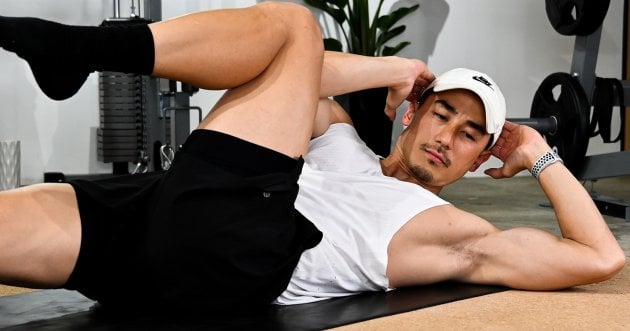



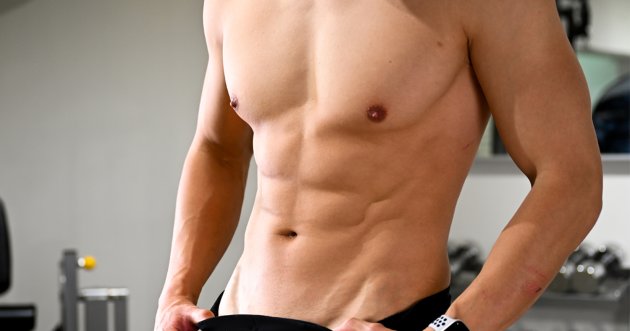

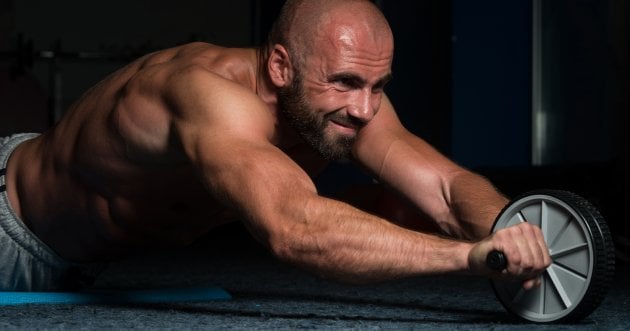
![6 self-weight menus for leg training! Effective training for toning the lower body [ supervised by a professional ].](https://otokomaeken.com/wp-content/uploads/2023/03/2232-630x331.jpg)















